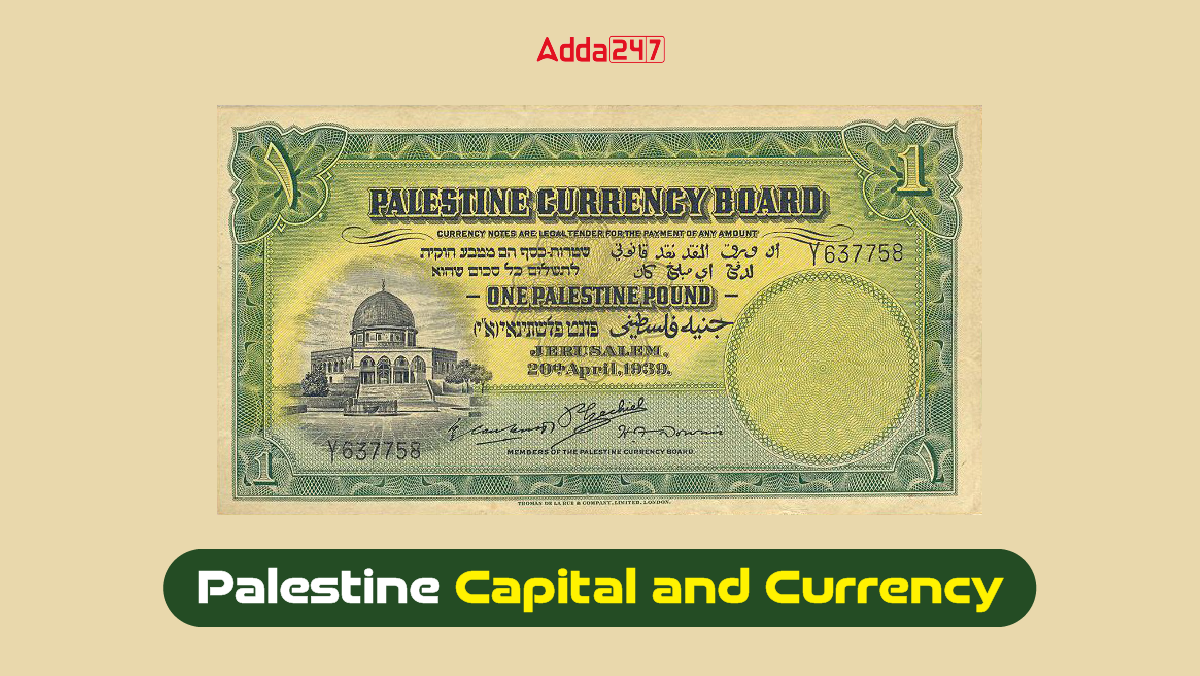Introduction
Palestine, a region steeped in history and conflict, is a place of profound significance for many around the world. In this article, we explore the captivating aspects of Palestine, focusing on its capital city and the unique currency that symbolizes its identity.
Jerusalem, the capital of Palestine, serves as a beacon of hope and a testament to the resilience of its people. Its status remains a focal point of international diplomacy and the quest for peace in the region. The Palestinian Pound, as the official currency, reflects the economic aspirations and challenges of the Palestinian territories. Understanding these facets of Palestine is essential in comprehending the complex narrative of the region and the aspirations of its people. The conversion value for 1 PAL to 0.001 INR.
Where Does Israel Get Its Oil?
Jerusalem: The Capital of Palestine
Historical Significance
Jerusalem, a city known for its historical and religious importance, has a special place in the hearts of Palestinians. It is widely recognized as the capital of Palestine, though its political status has been a subject of international dispute for decades. This city, home to the Al-Aqsa Mosque and the Church of the Holy Sepulchre, holds immense spiritual significance for Muslims, Christians, and Jews alike.
Political Status
The status of Jerusalem has been a contentious issue in the Israeli-Palestinian conflict. Palestinians envision East Jerusalem as the capital of their future state, while Israel considers Jerusalem as its undivided capital. The ongoing negotiations and diplomatic efforts aim to resolve this complex matter.
Cultural Heritage
Beyond politics and religion, Jerusalem is a melting pot of cultures, cuisines, and traditions. Its diverse population reflects the rich tapestry of Palestinian society, making it a vibrant and dynamic city.
The Palestinian Currency: A Symbol of Identity
The Palestinian Pound (ISO Code: EGP)
The official currency of Palestine is the Palestinian Pound, which is abbreviated as EGP. The currency plays a crucial role in the economic life of the Palestinian territories, including the West Bank and Gaza Strip.
Historical Background
The history of Palestinian currency is intertwined with the complex history of the region. Prior to the establishment of Israel in 1948, the Palestinian pound was used in British Mandate Palestine. After the 1948 Arab-Israeli war, the currency ceased to be issued, and the territory went through various currency arrangements.
Economic Challenges
The Palestinian economy faces unique challenges due to political instability and ongoing conflict. These challenges impact the value and stability of the Palestinian Pound. The Palestinian Monetary Authority (PMA) plays a key role in managing the currency and promoting economic stability.




 Operation Hawkeye: US and Jordan Strike ...
Operation Hawkeye: US and Jordan Strike ...
 India and the Netherlands Set Up Joint T...
India and the Netherlands Set Up Joint T...
 Brazil Hands Over BRICS Presidency to In...
Brazil Hands Over BRICS Presidency to In...







